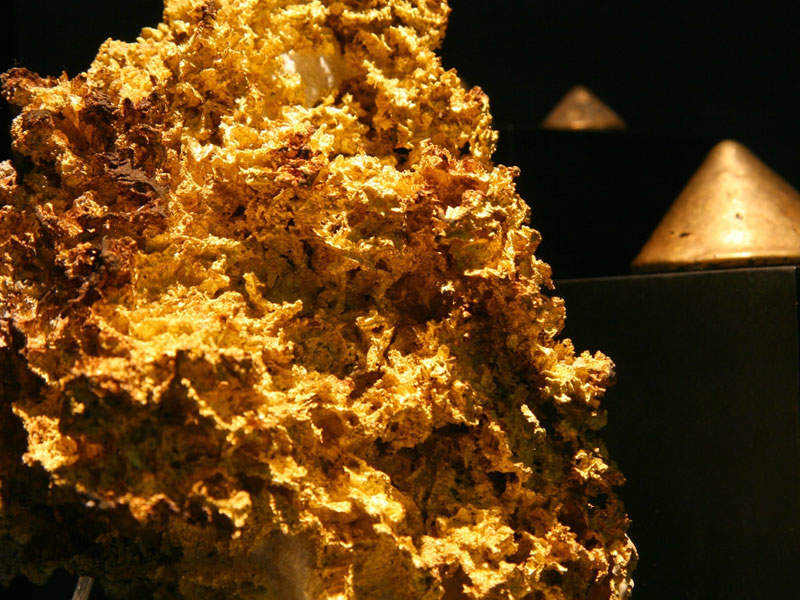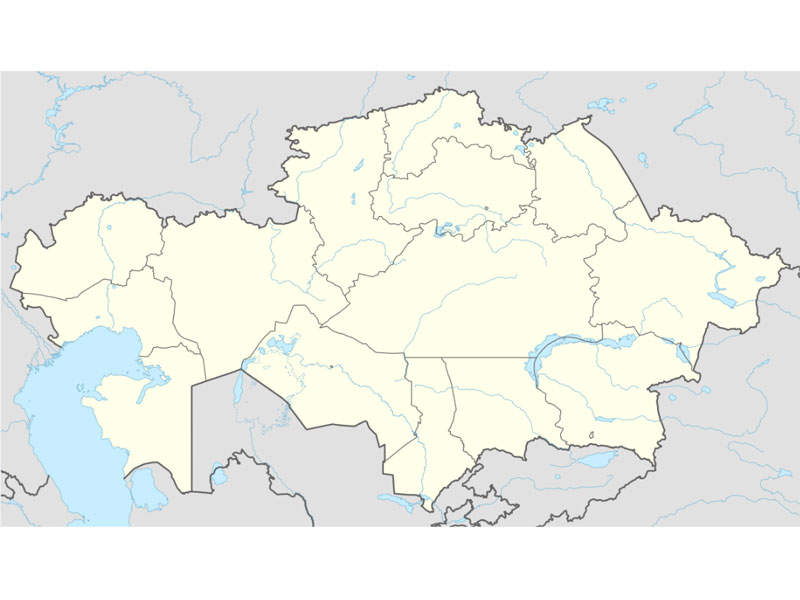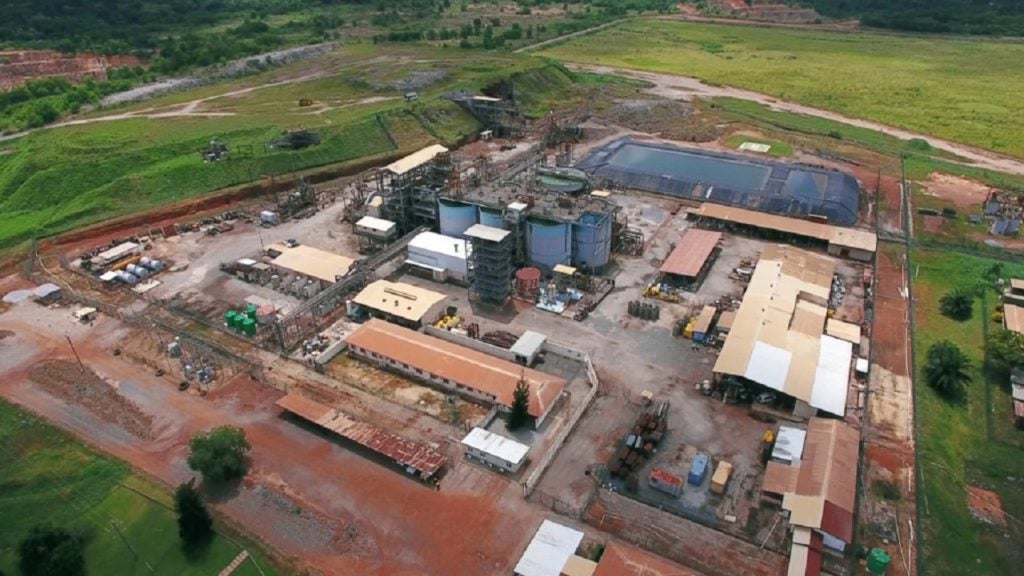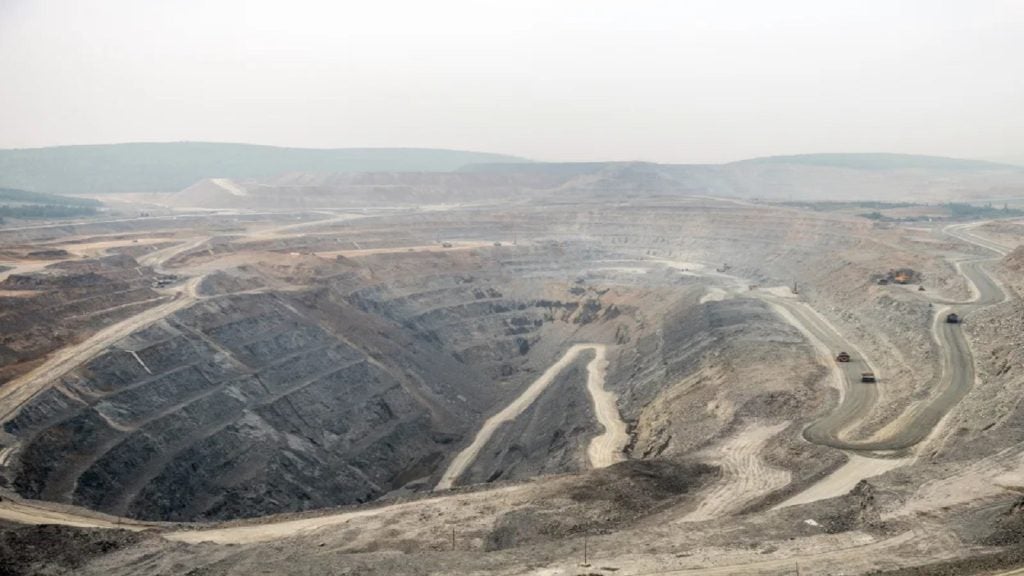The Sekisovskoye mine is located in the village of Sekisovka, approximately 40km from Oskemen, the east regional capital of Kazakhstan, and is an underground mine with gold and silver ore bodies.
Fully owned by GoldBridges Global Resources, the mine was earlier an open-pit operation with a conventional carbon-in leach gold recovery plant having a processing capacity of 0.85Mtpa. The mine, however, ceased ore supply due to the depletion of its open-pit reserves in 2016.
The company is now exploiting the underground reserves of the mine by developing two haulage declines to extract gold from the ore bodies. The second decline was opened in mid-2016. The current development at the mine targets an average annual production of 100,000oz of gold by 2019.
The mine is expected to produce 1.89Moz gold and 2.72Moz of associated silver during its life period.
The estimated total investment planned to be made between 2014 and 2017 to develop the underground mine is $117.5m.
Sekisovskoye open-pit mine history
The Sekisovskoye was first exploited in 1979, while the additional explorations and metallurgical studies were performed between 1979 and 1994. Hambledon Mining assumed the mining rights of the project in 1994 and the same are valid until July 2020.
A new processing plant with a capacity of 850,000t was constructed in 2004. Mining was commenced at the open-pit mine in 2007, while ore processing and gold pouring began in 2008.
Underground mining at Sekisovskoye
In 2012, African resources acquired a 61.7% stake in the company, which was renamed as GoldBridges Global Resources in 2014. GoldBridges then started compiling a competent person’s report (CPR) for the Sekisovskoye mine that included development plans to convert the open-pit operations to underground mining. The transformation is aimed at increasing the gold production to more than 1000,000oz a year.
GoldBridges announced the results of the CPR, which quoted a significant upgrade to mineral resources and ore reserves at the underground mine, in November 2014.
Geology and mineralisation
The Sekisovskoye gold deposit is located in the Rudny Altai structural and formation zone in the Greater Altai global mobile belt. The deposit comprises ten discrete igneous breccia bodies and is characterised by brecciated gold-sulphide mineralised zones, increased tectonic dislocations of rocks and ore-explosive breccias.
Gold mineralisation is found in veins and breccias of the mine in dyke-like breccia intrusions with sulphide mineralisation and free gold. Multiple mineralisation styles are found, including large tabular orebodies, stockworks, isolated lenses or veins. The gold deposits occur between breccias and igneous rocks.
Gold reserves at Sekisovskoye
The underground mine contains probable ore reserves of 2.26Moz, according to the 2014 CPR estimates.
Mining and processing at Sekisovskoye
Conventional drill and blast methods were used to extract the mineral from the open-pit operation. Long hole open stoping method with paste fill has been identified as the most efficient mining method for the underground operation as it reduces ore dilution, subsequently increasing the gold grade in the mined ore.
Drilling will be performed using Atlas Copco boomer drilling rigs and other Russian and Chinese mining equipment. GoldBridges also purchased three 30t Sandvik UG trucks and other ancillary equipment to support the underground operations.
An on-site paste fill plant will be developed close to the existing processing plant. The plant will produce paste fill using cement, water and inert material from the mine’s tailings.
The paste fill plant will initially have a production capacity of 200,000m³, which is sufficient for the initial ore production target of 500,000t/y. The existing processing plant will be expanded to 1Mt/y in 2018 and the paste fill plant will also be expanded accordingly.
Infrastructure at the Kazakhstani mine
The Sekisovskoye mine is well connected to the road network as it is located on the main road close to the Belousovka and Ridder mining centres, 40km from the Ust Kamenogorsk, which is a popular mining and mineral processing centre in the country.
The site is well equipped with mining equipment, engineering facilities, processing plant, administrative and maintenance blocks, waste rock and soil storage areas, laboratory and tailings confinement area.
Water for the mining operation is being sourced from the Sekisovka River. The water will be recycled and used multiple times for different operations. Additional water, which will be used as back-up supply, will be provided by existing bore water and tailings dam, where water will be stored for up to five years.
Power for the mine is being supplied from Sekisovka village using a 6,000V power grid through 110kV overhead double-chain power lines from the Altaienergo system.










